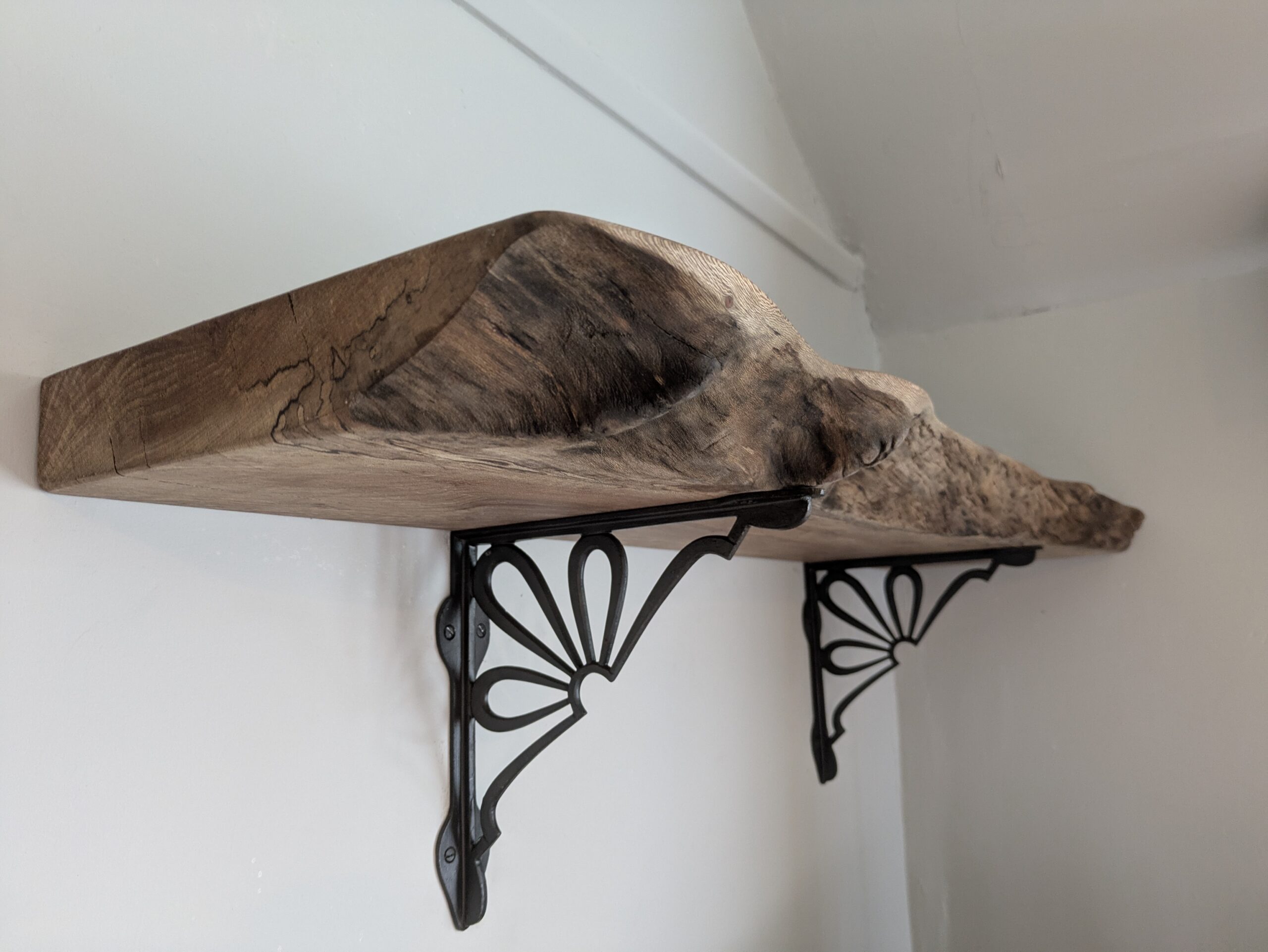Not a wood by itself, but I guess a genre, live edge timber, also known as waney edge, is some of the most beautiful and unique wood you can get.
Essentially, it is where a tree is milled with the outer part left on, instead of being chopped into neat rectangular boards. This style of milling is seen a lot in river tables, invented by Greg Klassen in 2011, and has taken the world of furniture by storm. However, you don’t need gallons of resin to enjoy the beauty of live edge timber.
It varies greatly in price, but it’s cheaper than you might think. Many large pieces can be comparable in price to buying a mid-range of worktop, and are the same price or cheaper than the same quantity of solid wood. Given the amount of timber you are getting is remarkable. That said, some of the really special and highly sort pieces can command high prices.
There are two elements that make any piece unique. Of course, the shape of the edge will always be different from piece to piece, and trying to find a form to suit a purpose (or vice versa!) is a pleasure. Also, the grain and patterns of the wood are unique. Granted, this can be said of any timber, but species and specimen of live edge timber are often chosen for their highly decorative and intricate patterns, making them stand out more than just the natural grain pattern of a tree.
Live Edge Timer
Burrs, large knotty deformed balls on a tree, are highly prized and produce amazing slabs. This timber is also prized for turning and veneers. It is very highly figured, appearing like a little universe of knots and twists in the wood where pressure and stress, sometimes fungal infection, have caused abnormal growth.
Fungal infection, while it sounds unpleasant, can also result in other wonderful effects in wood. Brown oak is caused by the fungus Fistulina hepatica, known as the “Beefsteak Fungus”. This gives a deep brown colour into some or all of the timber. Then, when quarter sawn, you may get tiger oak. This is where the medullary rays of the grain are highlighted by this milling technique which, along with the discolouration, make some fantastic patterns.
Spalting in wood is also caused by fungal activity in timber, the after effects of which are seen as dark lines and patterns. This is common in ash, beech and maple and looks incredible. It can affect the structural integrity of a slab, but typically we are using live edge as thick pieces where mass makes up for any decrease in strength.
It should be noted, the high amount of character is going to make these pieces unstable. If they were milled down to thinner sections, they would twist and warp wildly. However, as thick slabs they will remain flat, so it is always best to use a piece that has been dried to near the desired thickness. Machining a lot of extra material off a piece may lead to it moving again after it has stabilized with time.
Finally, there are a host of beautiful exotics available as live edge. Species such as Tanga Tanga, Bocote, Parota, Padauk and more. There are so many to choose from. Whether you want to go with us to the timber yard and select a piece together, or let us choose the perfect piece for your project, there are endless options
Pros
- Beautiful and unique
- Often relatively affordable
- Makes a wonderful centrepiece
- Range of different timbers mean there is something suitable for every situation
- Just a joy to work with and make things from
Cons
- Often not suitable for delicate work
- Flaws can affect structural integrity
- Some pieces are very expensive
- Each piece has to be chosen individually
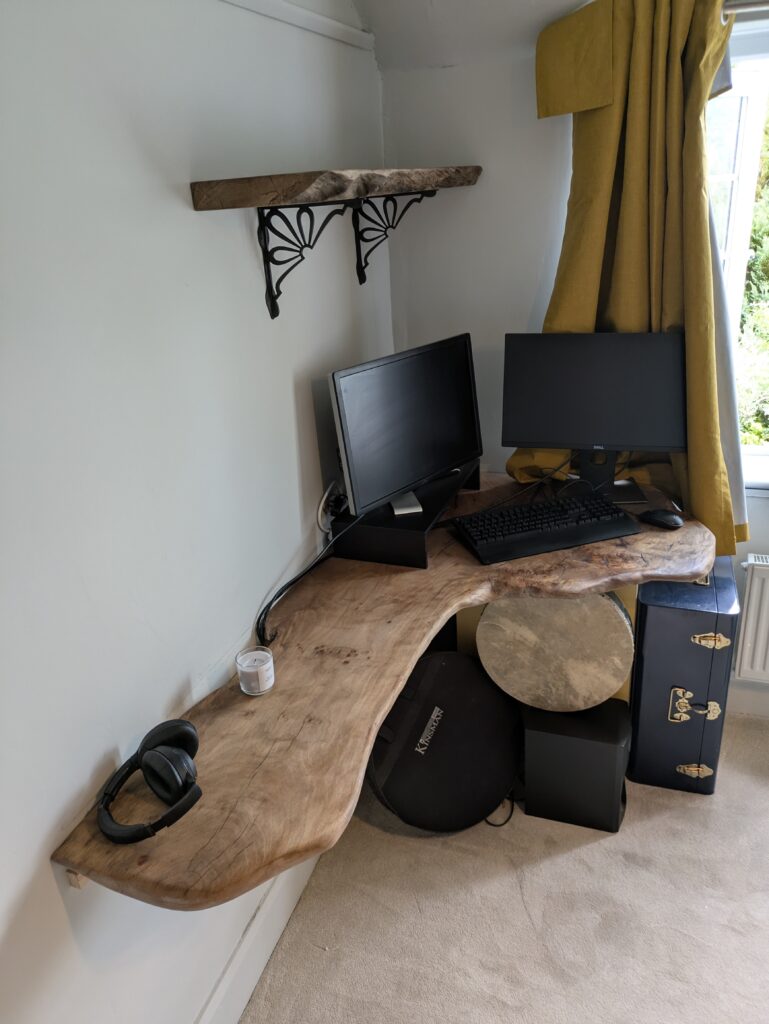
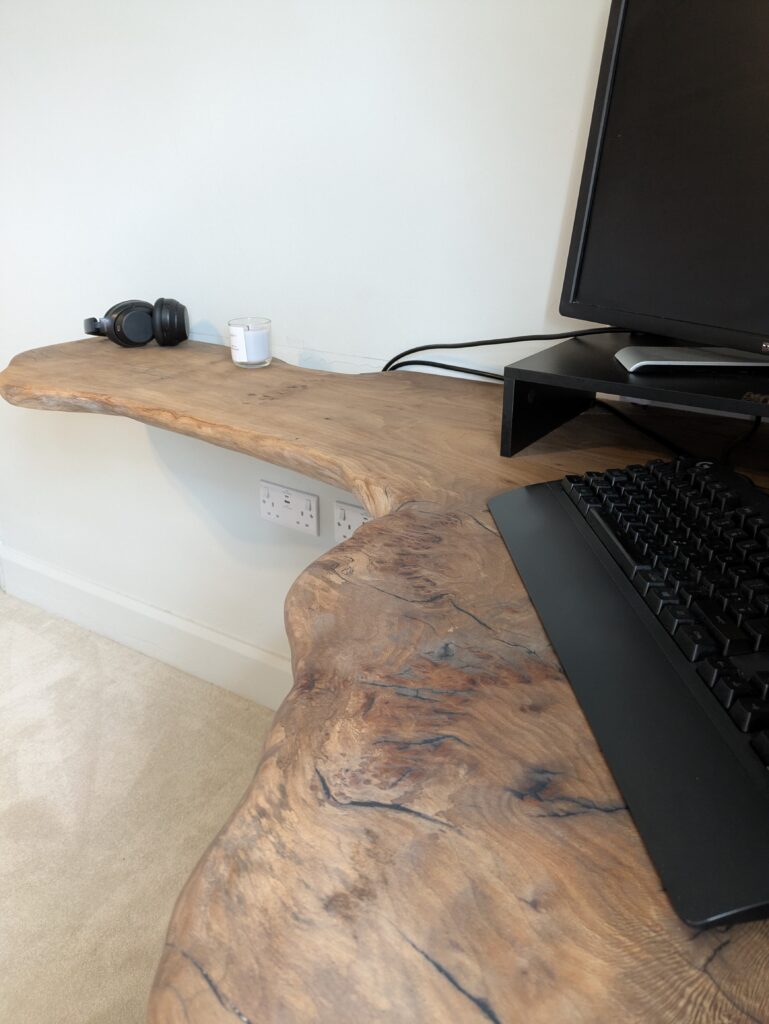
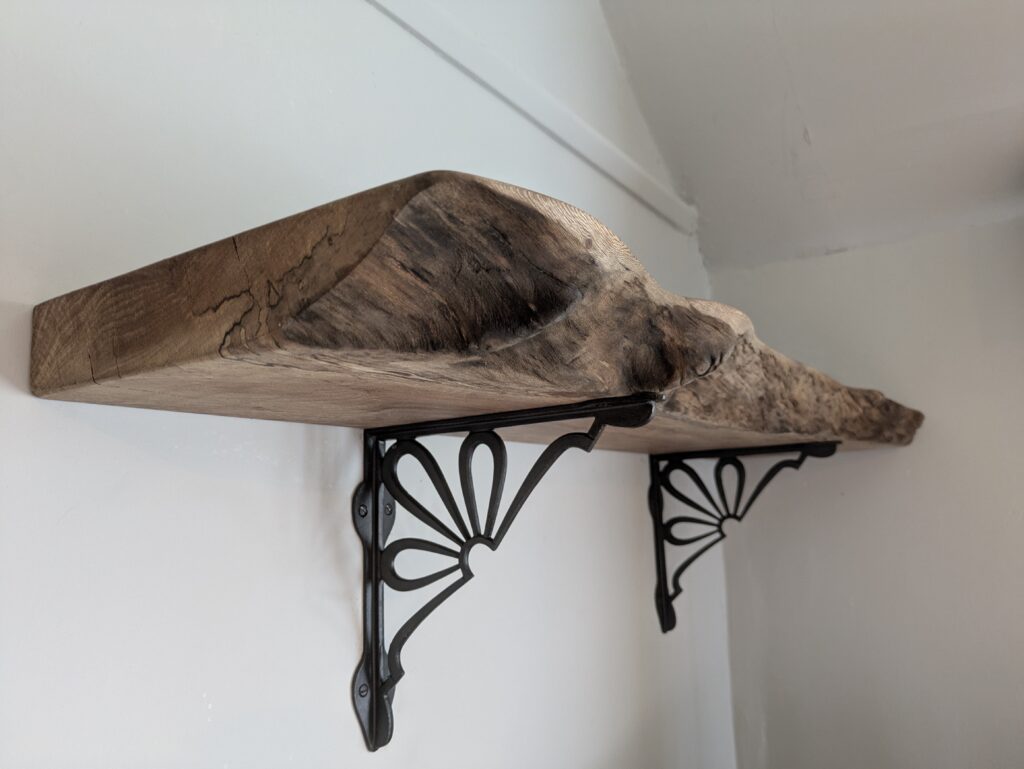
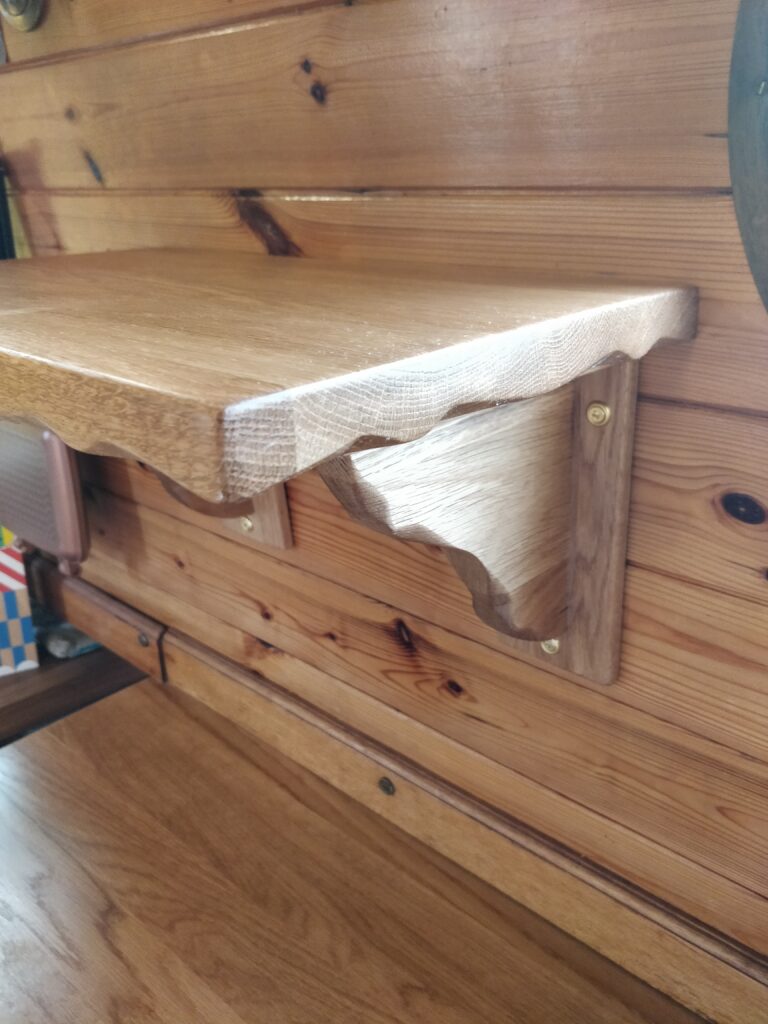
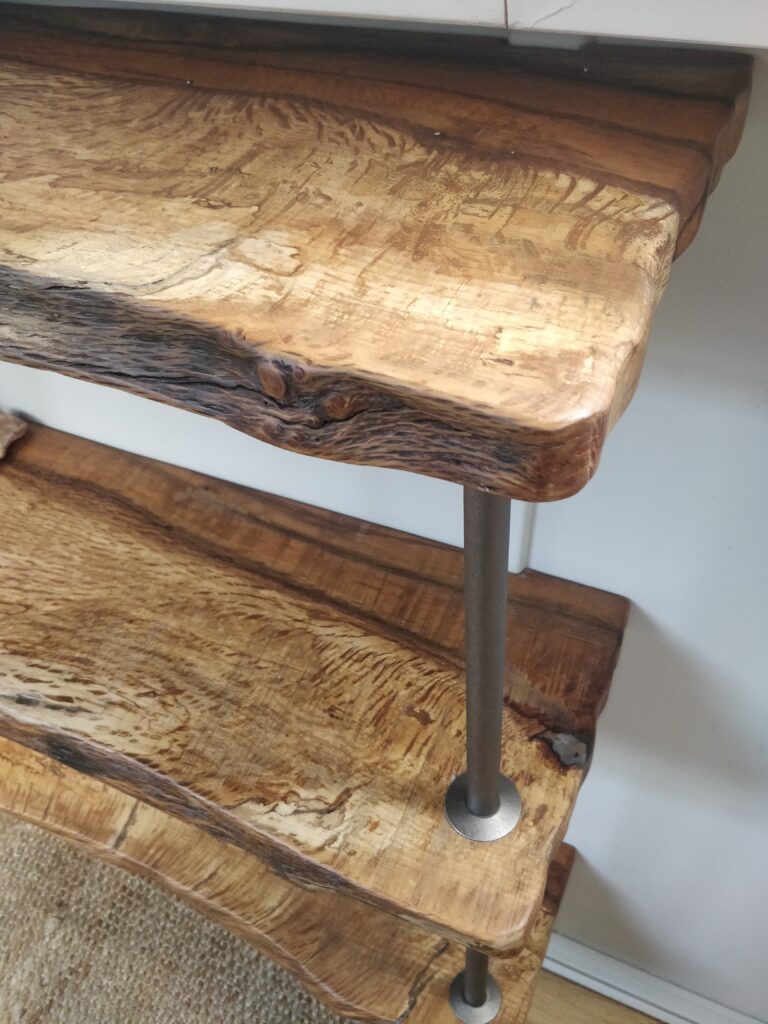
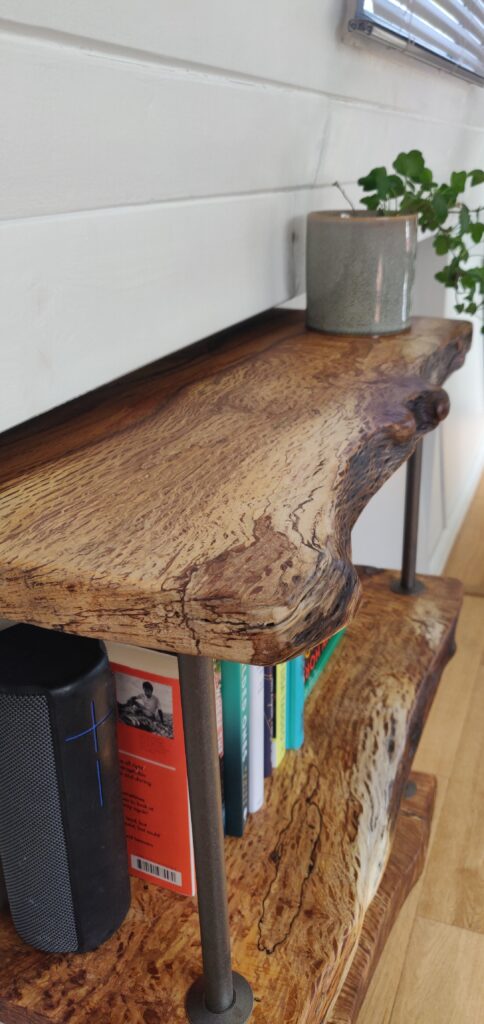
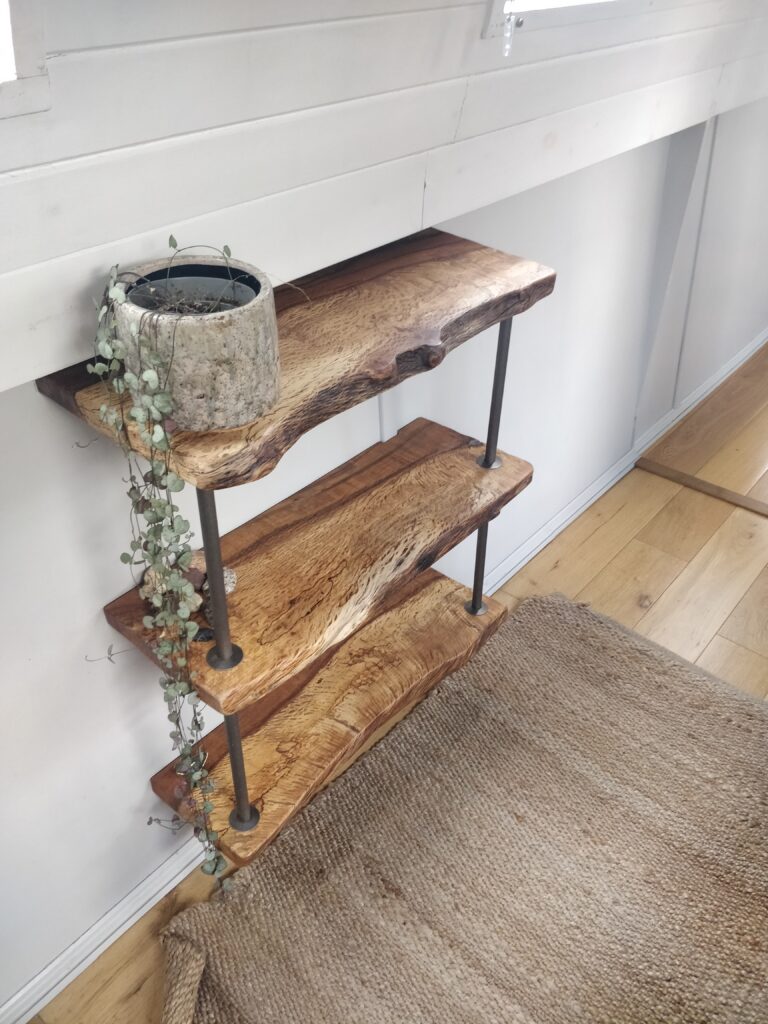
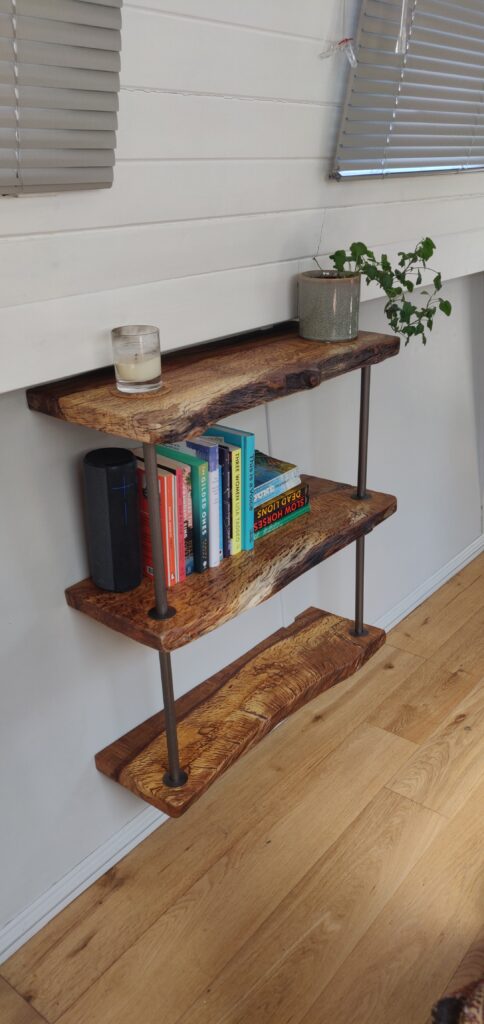
Enjoy more reading in these articles.
- K is for Kitchens – What you need to Know
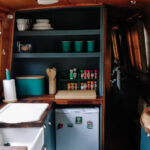
- Important Update on Bespoke Orders at Cluett Carpentry

- The Breaks Are On, the bunting is down – Find out More Now

- Black Friday Early Access Sale Update – Find Out More

- B is for Bedrooms! A tantalizing look at the challenge.
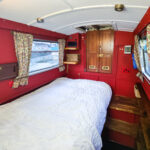
- Get Ready for Tempting Epic Savings: Our Black Friday Early Access Sale is Here! 🎉


